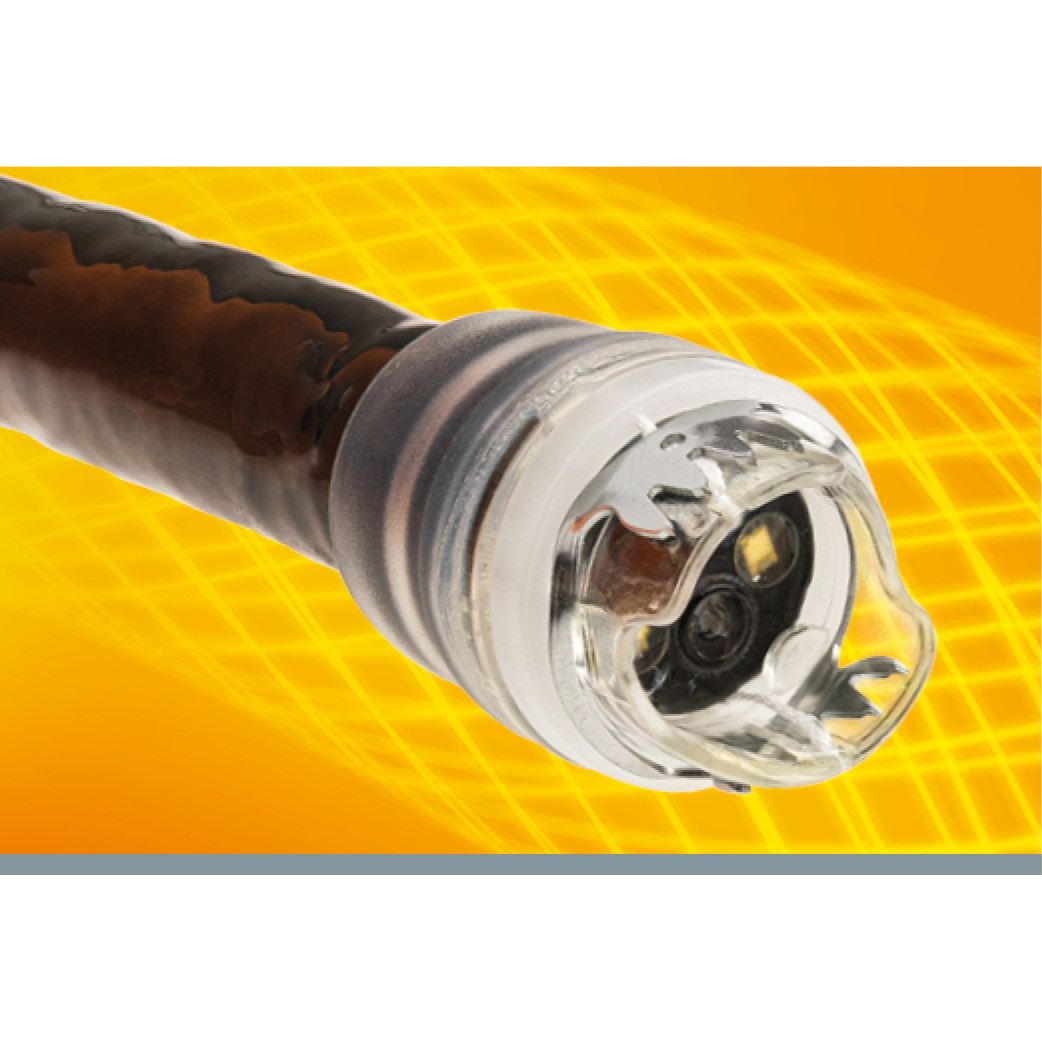Stent migration in FC-SEMS – stentfix OTSC® superior to fixation by suturing
stentfix OTSC shows promising results in terms of migration rate, clinical success, and adverse events at comparatively lower prices as evaluated by the biggest study investigating the dedicated device.
A video summary can be found here: https://www.youtube.com/watch?v=ifu3xBMjCSE
Kenneth H. Park et al., Cedars-Sinai Medical Center, Los Angeles, USA launched a retrospective study comparing stent migration rates in between different techniques for fixation. FC-SEMS are used to treat benign and malignant gastrointestinal diseases and show positive clinical results but are also likely to migrate in 55% of cases without anchoring.
In the study 433 procedures on 218 patients were investigated regarding clinical success, stent migration, adverse events, and procedure time. Stent migration was defined as a displacement of the stent ≥ 2 cm. The three methods compared are the fixation by suturing, stentfix OTSC and a no fixation group. A single stentfix OTSC was used in each stentfix OTSC fixation, while there where a median of 3 sutures used for suturing procedures. In total, 55% (n = 239) of procedures were performed without fixations, 32% (n = 140) with suturing and 12% (n = 54) with stentfix OTSC. By that the study is to date the biggest study investigating the dedicated stentfix OTSC System.
Stent migration appeared in 62% of cases without fixation, 57% with suturing and 35% with OTSC (p = 0.013). The stentfix OTSC had a significantly lower migration rate than no fixation (p=0.015) and suturing (p=0.018). The stents fixated with stentfix OTSC had a median migration time of 6 weeks, with the other procedures standing at 5 weeks for suturing and 3 without fixation. Stent migration in the no fixation group was, at any time, significantly higher than the migration in the other two groups. Starting at 3 weeks from stent placement, migration rates with suturing were significantly higher (p ≤ 0.05) compared to stentfix OTSC. The adverse event rate of stentfix OTSC of 9% was lower than 21% without fixation and 18% with suturing, however the difference was not statistically significant (p > 0.05).
Furthermore, the authors point out the significantly lower procedure time in the stentfix OTSC group with 42 minutes being medially 16 minutes faster than suturing (p = 0.002). Also, it is stated, that the amount of training for stentfix OTSC application is lower than that of endoscopic suturing.
Patient demographics did not influence the outcome. However, the placement of stents in the colon, which only made up for 7% of the cohort, significantly increased migration. The author explains the increase with stool transit across the stent and the effect of peristaltic waves in that area.
From a cost perspective stentfix OTSC will cost $1000 at most even in combination with the remOVE DC cutter which is in some cases used to remove the clip, therefore being at least around $500 cheaper than suturing devices in the US.
Since this study is not a randomly controlled multicenter study, the authors note the lack of validation for the results and patient data.
Comparison of no stent fixation, endoscopic suturing, and a novel over-the-scope clip for stent fixation in preventing migration of fully covered self-expanding metal stents: a retrospective comparative study (with video).
Park KH, Lew D, Samaan J, Patel S, Liu Q, Gaddam S, Gupta K, Jamil LH, Lo SK
Gastrointest Endosc. 2022 Nov;96(5):771-779.
https://pubmed.ncbi.nlm.nih.gov/35697128/

|
 |


 Deutsch
Deutsch  Français
Français 